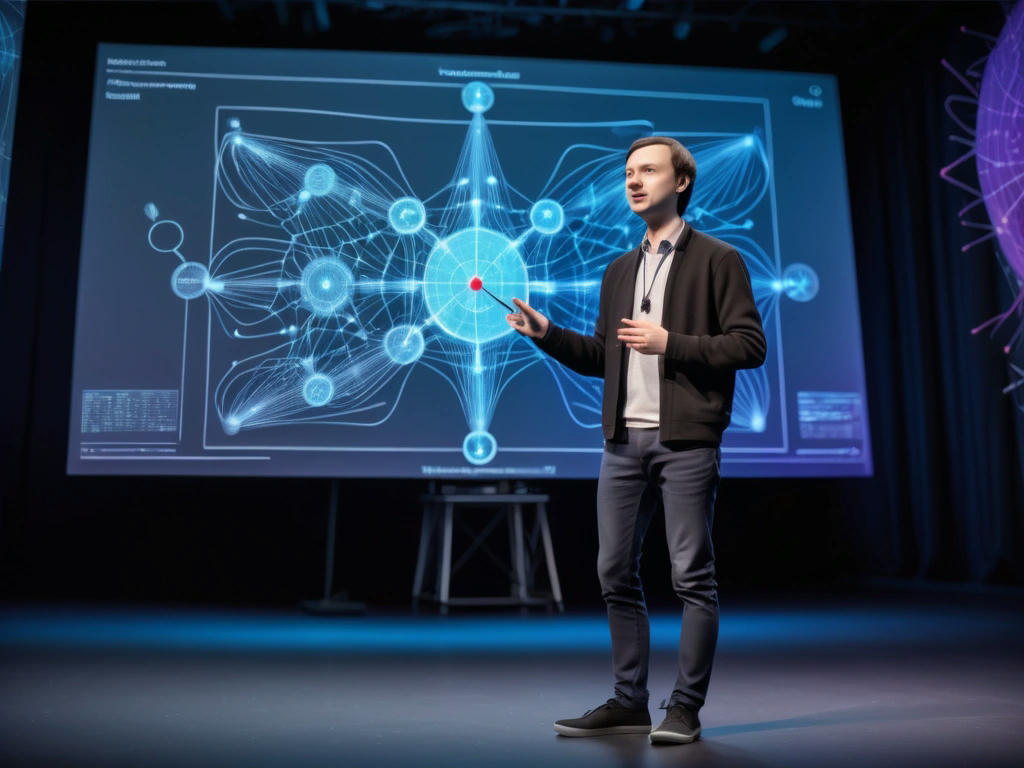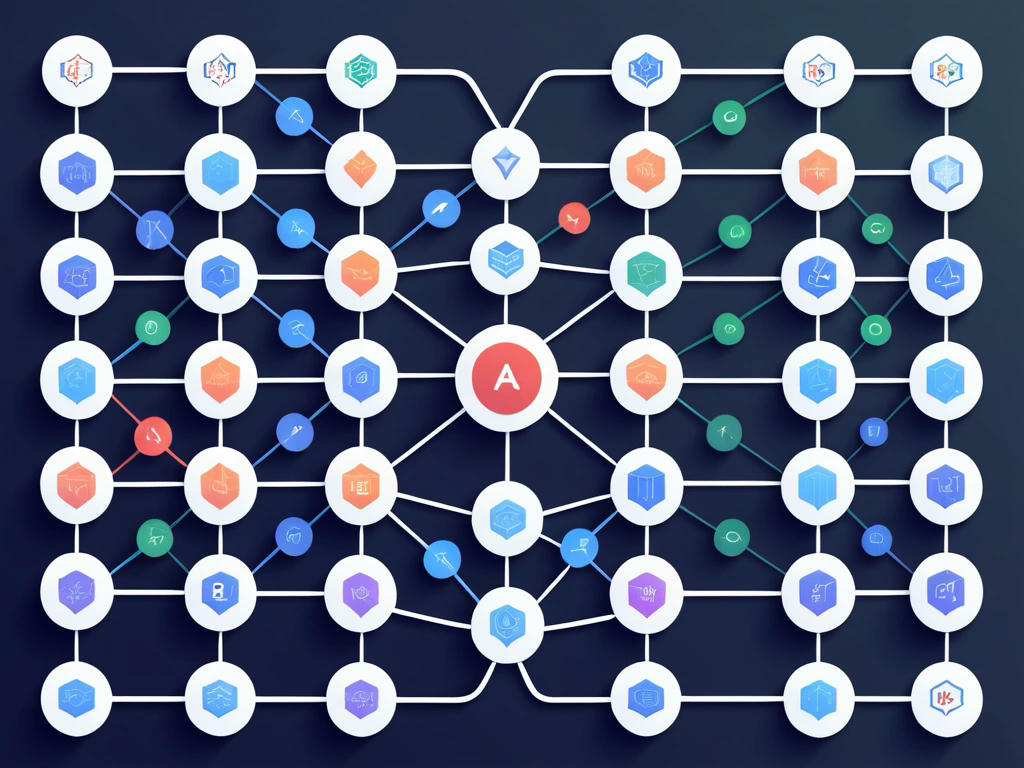Ilya Sutskever, a renowned researcher in the field of artificial intelligence, recently gave a talk at the NeurIPS conference, shedding light on the latest advancements and future directions in AI. The talk, which was highly anticipated by the AI community, did not disappoint, as Sutskever presented his vision for the next generation of AI systems.
Sutskever began his talk by discussing the current state of AI, highlighting the impressive progress made in recent years, particularly in the areas of deep learning and natural language processing. He noted that AI systems have become increasingly sophisticated, capable of performing complex tasks such as image recognition, language translation, and game playing at a level surpassing human capabilities. However, Sutskever also emphasized that despite these achievements, AI systems still lack the common sense and reasoning abilities that are inherent to human intelligence.
Sutskever then delved into the concept of "cognitive architectures," which he believes hold the key to creating more generalizable and human-like AI systems. He argued that current AI models are often designed to perform specific tasks, but lack the flexibility and adaptability to handle novel situations or tasks. To address this limitation, Sutskever proposed the development of cognitive architectures that can integrate multiple AI systems and enable more generalizable reasoning and problem-solving capabilities.
The talk also touched on the importance of multimodal learning, where AI systems can learn from multiple sources of data, such as text, images, and audio. Sutskever demonstrated how multimodal learning can enable AI systems to develop a more comprehensive understanding of the world, allowing them to reason and make decisions based on a richer set of information. He also highlighted the potential applications of multimodal learning, including improved human-computer interaction, more accurate speech recognition, and enhanced computer vision capabilities.
Throughout the talk, Sutskever emphasized the need for a more interdisciplinary approach to AI research, combining insights from computer science, neuroscience, psychology, and philosophy to create more sophisticated and human-like AI systems. He also stressed the importance of addressing the ethical and societal implications of AI, ensuring that these powerful technologies are developed and deployed in a responsible and beneficial manner.
In conclusion, Ilya Sutskever's NeurIPS talk offered a compelling vision for the future of artificial intelligence, highlighting the potential for cognitive architectures, multimodal learning, and interdisciplinary research to create more generalizable, human-like, and beneficial AI systems. As the AI community continues to advance and refine these ideas, we can expect to see significant breakthroughs in the years to come, ultimately leading to a new era of artificial intelligence that transforms numerous aspects of our lives.

